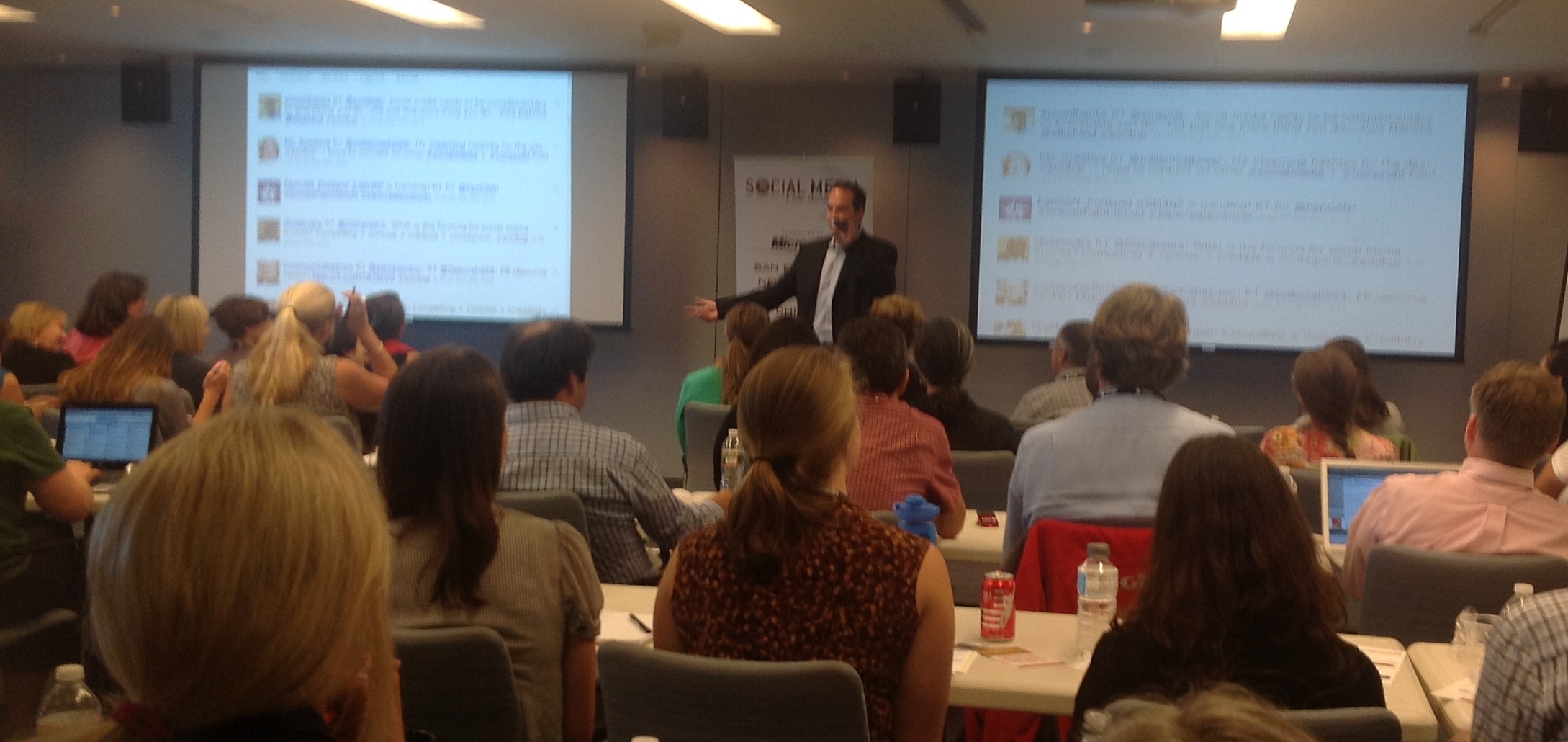
At a recent Social Media for Nonprofits seminar, I learned how small nonprofits across the world are raising millions of dollars. In fact, according to Fundly CEO Dave Boyce, online fundraising totaled $30 billion last year and will grow an additional $10 billion this year. Fundly has raised approximately $280 million for nonprofits across 25,000 campaigns.
So, who gets online donations? “People who ask for it,” according to Boyce. He suggests a simple step-by-step approach.
- Launch. Don’t aim for perfection and you really don’t learn anything until you launch.
- Choose an achievable amount. Donors like to hit goals.
- Be specific. Tell donors the exact purpose for the money, the amount needed and the time frame (< 3 months).
- Set giving levels such as “feed a family for a day” or “feed a family for a month”.
- Share your story – what compels donors to give through you?
- Launch with email blasts, Tweets, Facebook postings, etc.
- Keep communicating: email weekly – just 2-4 lines; post to Facebook daily; Twitter a lot.
- Recruit help – board members, volunteers, partners, celebrity endorsers and ask them to ask their followers to participate.
- Celebrate! Let your followers and supporters know when you get your first donation, when you reach $1,000. etc. The point is to celebrate early and often.
Dave saved the best for last when he regaled the crowd with a stirring Beatbox. I wish I had set my iPad to video!





Recent Comments